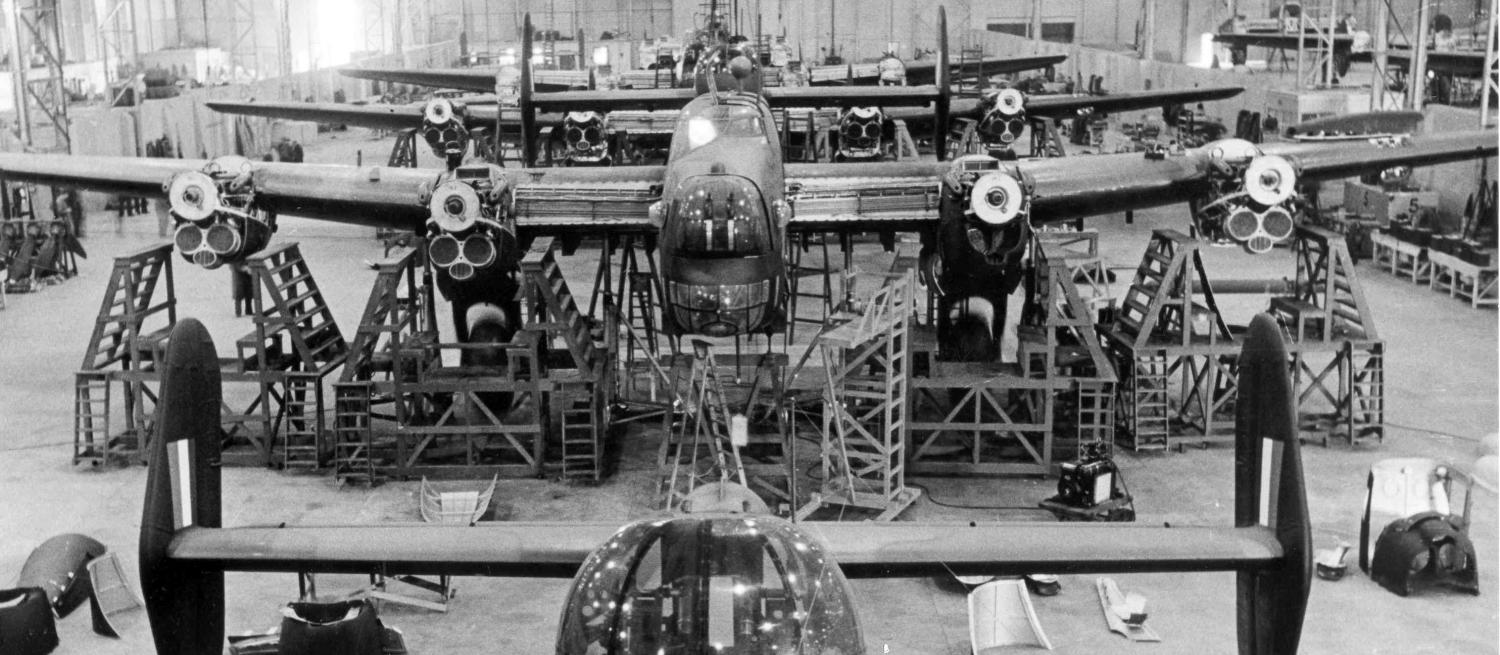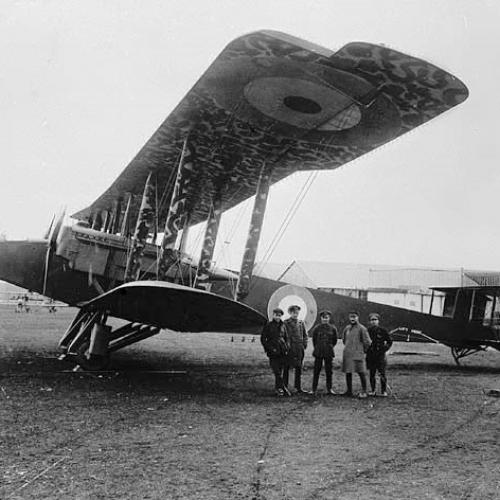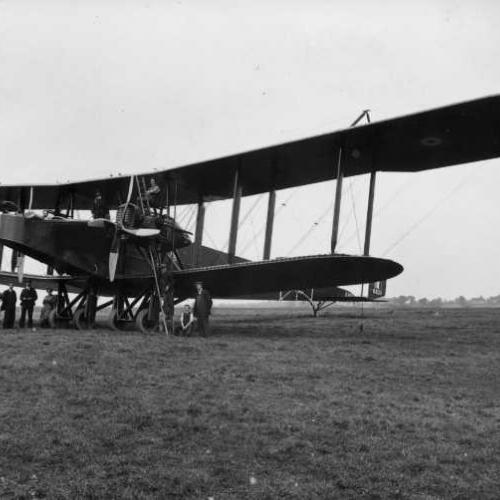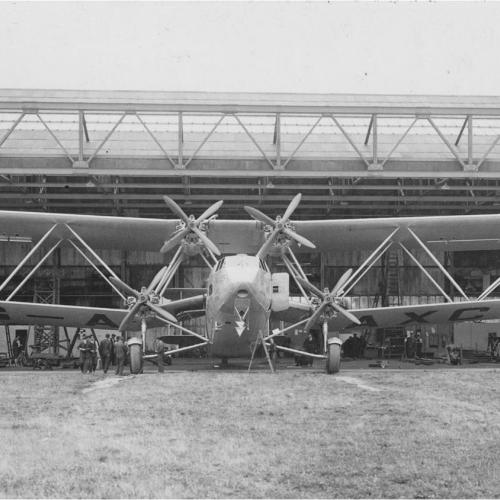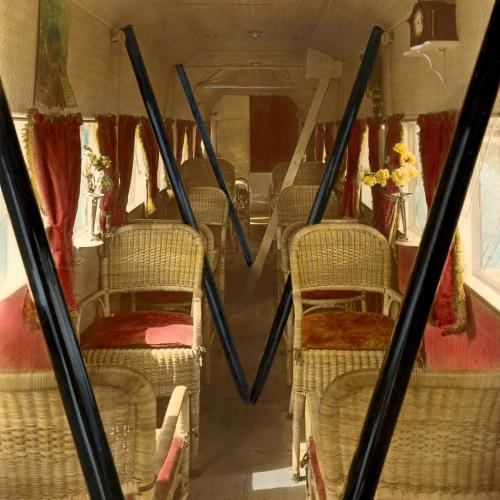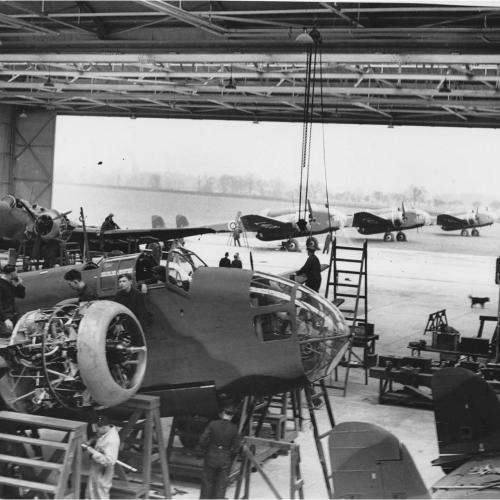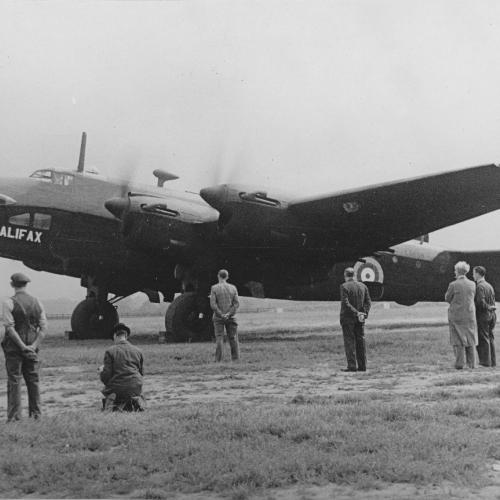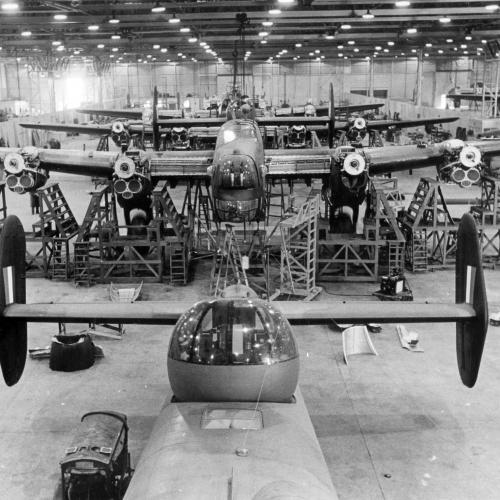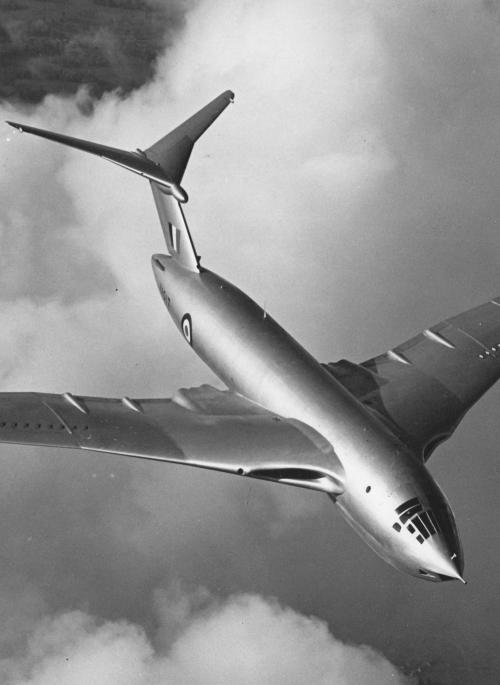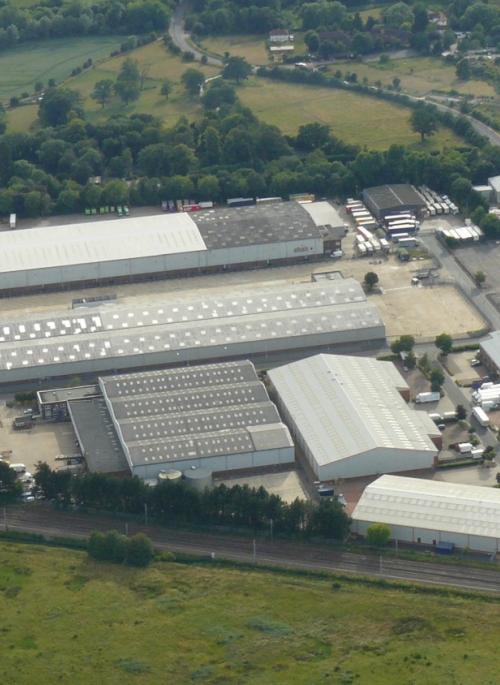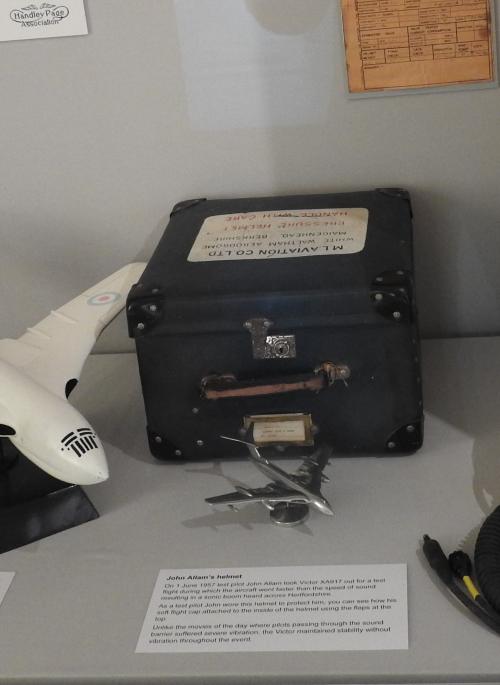Handley Page in the First World War: Type O bombers
At the start of the First World War Captain Murray Sueter, the Head of the Royal Navy's Air Department, asked Handley Page to produce a 'bloody paralyser of an aircraft' which he could use for long distance bombing raids.
The O/100 was named because of its 100-foot-wide wingspan and it was the largest aircraft built in Britain at the time. It was a biplane and could carry a crew of two and six 45kg bombs.
In 1917 the O/400 went into production with bigger engines, an increased bomb load and stronger plating.
The O Type bombers flew in operations across German occupied territory in France and Belgium and as far away as the Dardenelles (in modern-day Turkey).
Images:
1. An O/100 in RAF colours.
2. The O/400 on the ground at Radlett aerodrome.
3. The O/7 transport variant for China to carry 14 passengers.
A touch of luxury: HP42 airliner
In 1928, British airline Imperial Airways needed a large airliner to operate on its long distance routes to various parts of the globe and so work was initiated on what would become the HP42.
Handley Page ultimately designed two largely similar aircraft: the HP42 was for their long-range Eastern routes and the HP45 for shorter routes across Europe.
The HP42 had two separate passenger cabins, one positioned forward, and the other aft, of the wings. The cabins featured a high degree of luxury with lots of space, relatively wide windows, and full onboard services.
On 11 June 1931, the first flight with fare-paying passengers was carried out to Paris. Due to the high cost of air travel at this time, typical passengers were usually members of high society, such as royalty, celebrities, and senior business figures.
Images:
1. The HP42 airliner in front of a hanger at Radlett aerodrome.
2. The Duke of Kent exits an HP42 on his visit to the aerodrome.
3. The interior of an HP O/700, the airliner variant of the Type O bombers. The seats are arranged in pairs facing each other, much more like a modern train.The HP 42 interior was even more luxurious
World War Two: Hampden & Halifax
In the 1930s, with the prospect of another war approaching, Handley Page turned back to bomber design and produced the Hampden which took part in the first British raid on Berlin.
In response to a 1936 government request for heavier, longer-range aircraft, Handley Page designed the four-engined Halifax.
Alongside the Avro Lancaster, the Handley Page Halifax was the most prolific British heavy bomber of the war and unlike the Lancaster it was used in all campaigns. Although in some respects better than the Lancaster (such as crew survivability), the Halifax suffered in terms of altitude performance and was redeployed toward the end of the war as a heavy transport and glider tug.
Images:
1. The final assembly of a Hampden bomber at Radlett in 1938 ready for a flight test.
2. Handley Page Halifax Mk 1 (RR Merlin Engines) at Radlett circa 1940.
3. An assembly line of Halifax bombers during the Second World War.
D-Day & the Halifax
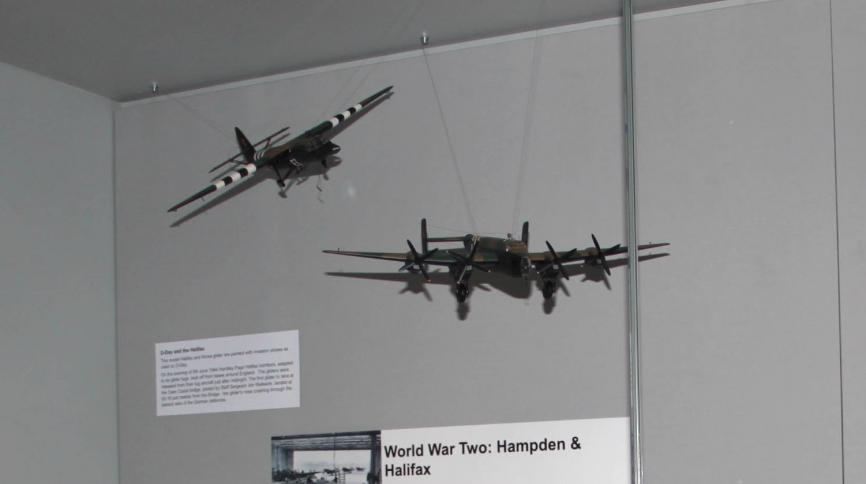
This model Halifax and Horsa glider are painted with invasion stripes as used on D-Day.
On the evening of 5th June 1944 Handley Page Halifax bombers, adapted to be glider tugs, took off from bases around England. The gliders were released from their tug aircraft just after midnight. The first glider to land at the Caen Canal bridge, piloted by Staff Sergeant Jim Wallwork, landed at 00:16 just metres from the Bridge - the glider's nose crashing through the barbed wire of the German defences.
